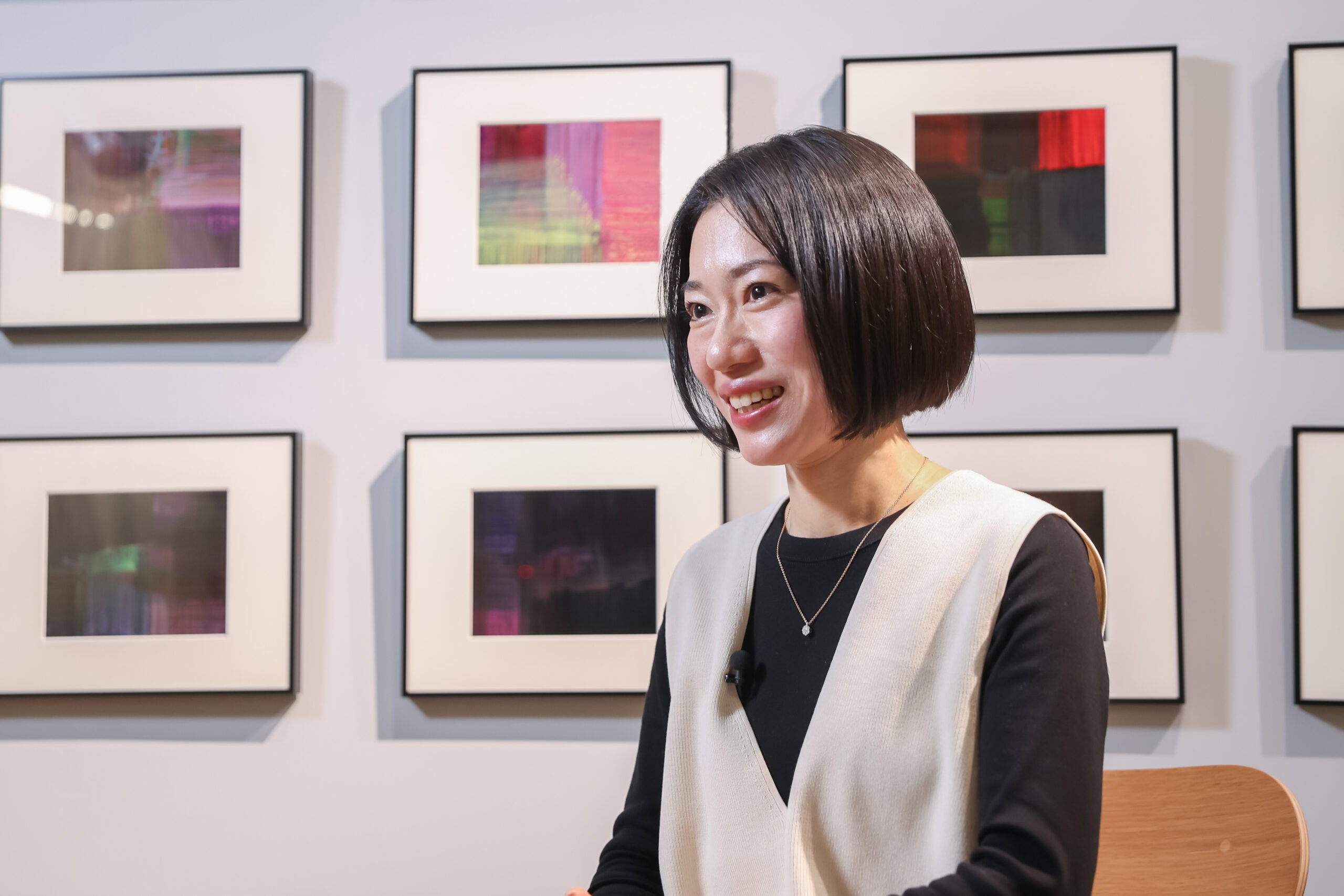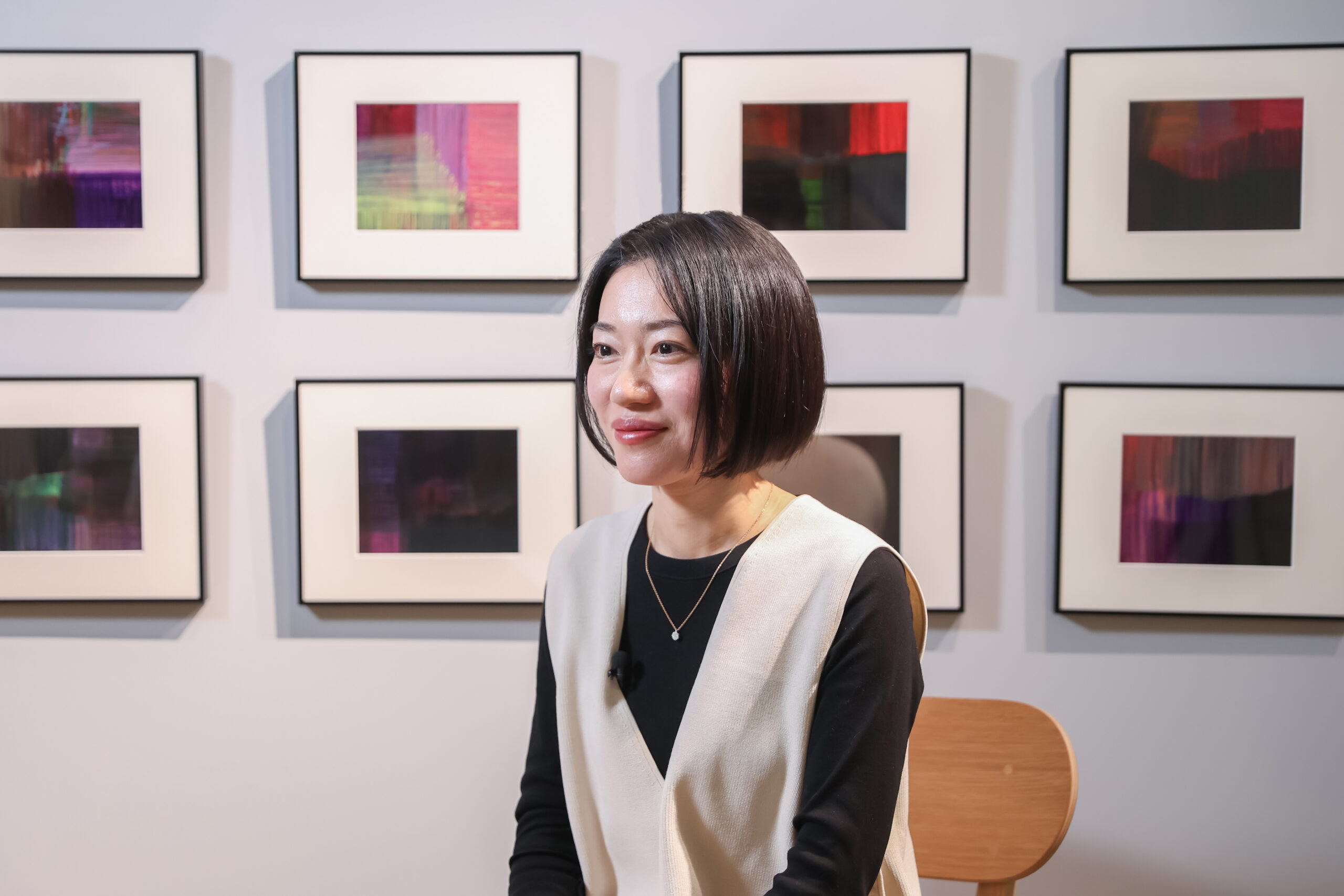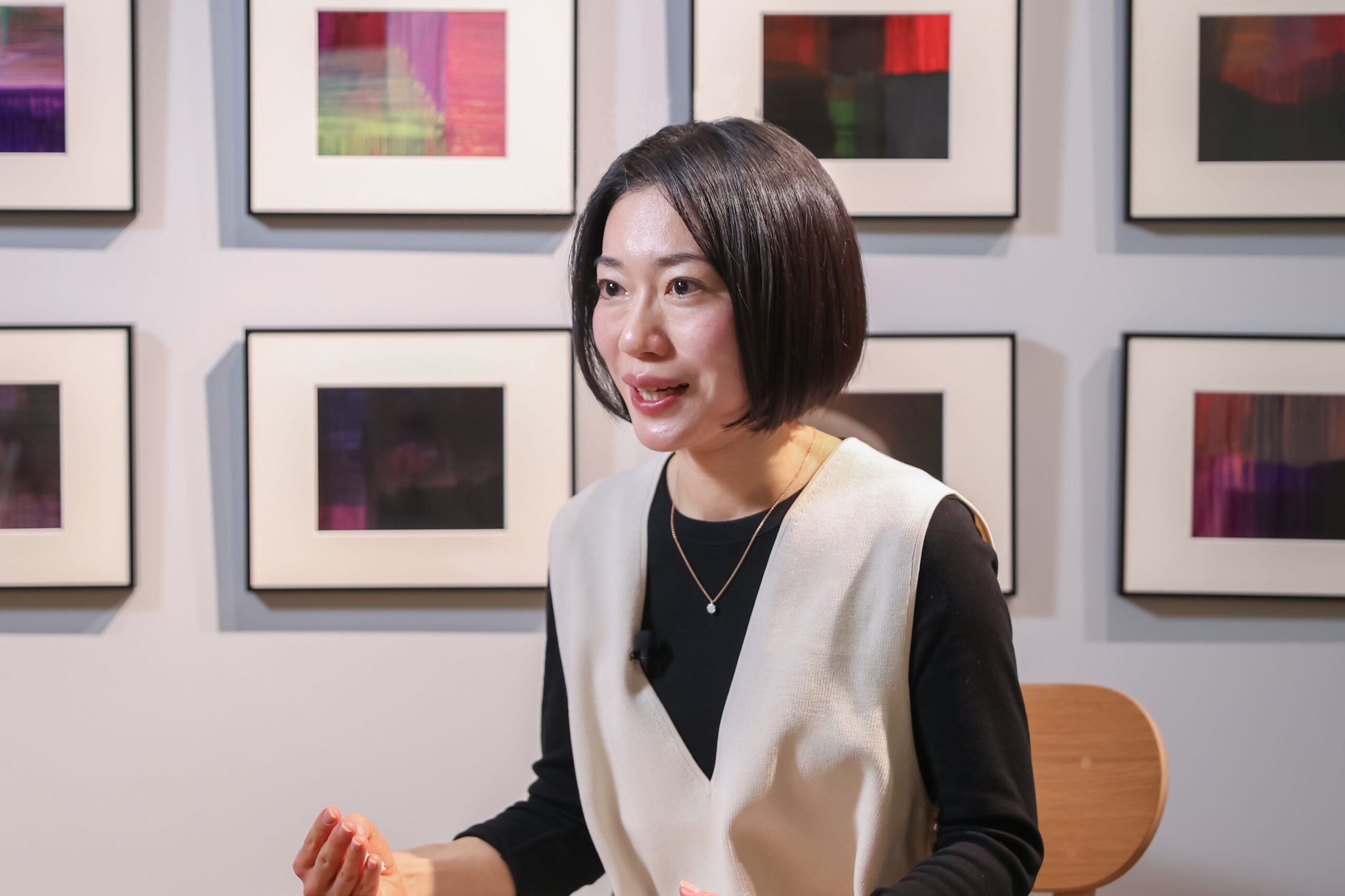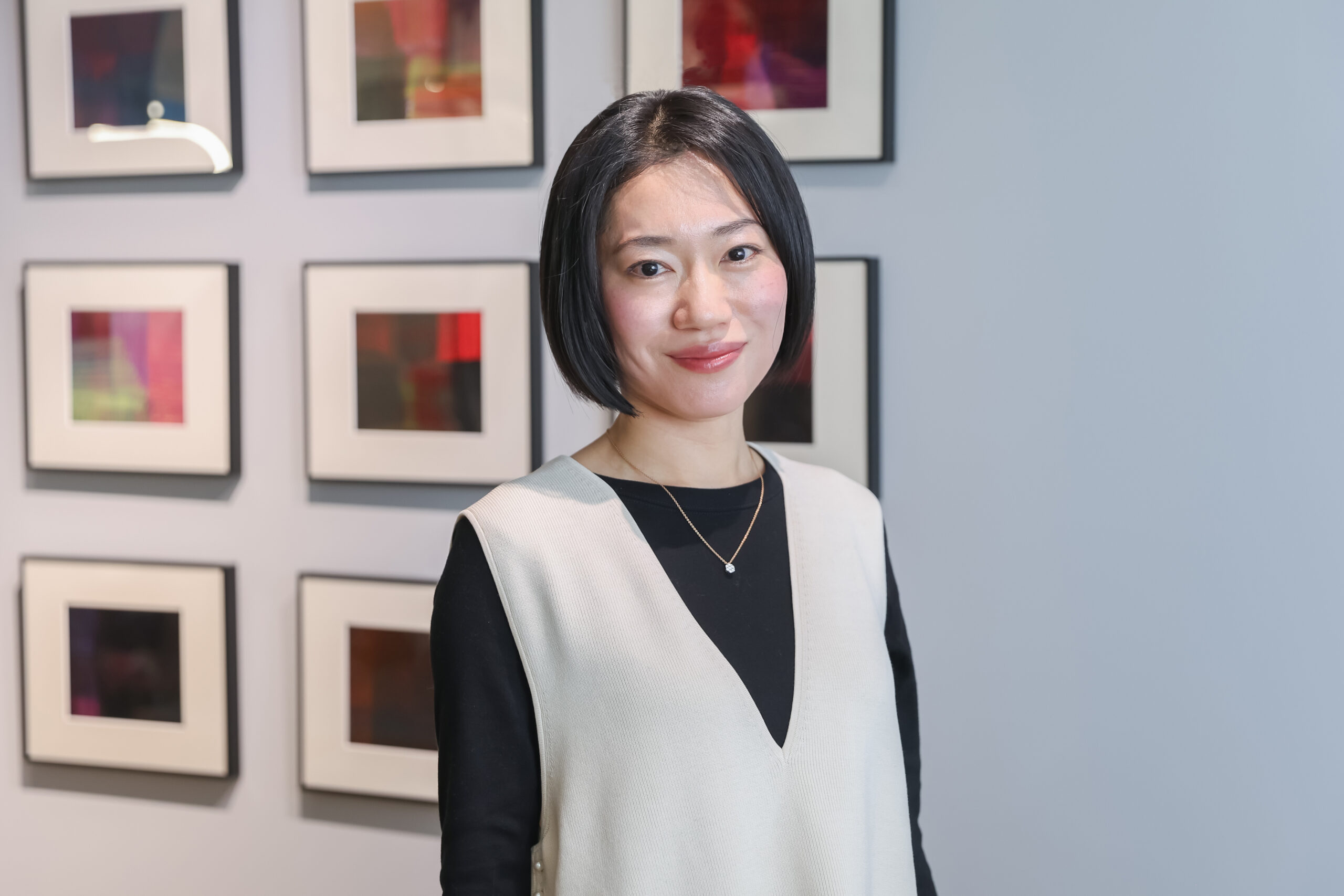Advancing the understanding of emotional mechanisms and the development of brain science techniques that alleviate mental unwellness, Dr. Ai Koizumi (Sony Computer Science Laboratories, Inc.) is conducting research on alleviating mental unwellness based on measurements of physical changes during anxiety. In this interview, we asked Dr. Koizumi about her research and future challenges in her quest to achieve a mental barrier-free society.

<strong>Detecting mental unwellness from both the brain and the body</strong>
I am developing a technology that estimates mental states. While experiencing anxiety, our heartbeat, pupil diameter, breathing, and body movement change even if we are unaware of them in the brain. Also, our brain monitors the ever-changing state of the body and uses this information to control and maintain our emotional state.
Therefore, I turned my attention to both the brain and the body as I believe that clarifying the function of the mind from their interactions will lead to the development of more effective techniques to alleviate mental unwellness.
Furthermore, I am proposing the concept of mental barrier-free. Until now, barrier-free know-how has not been established for disorders derived from complex mechanisms of brain functions. As such, through trials and errors, I am working on research to create a society where anyone can live a mentally comfortable life based on scientific evidence in creating classrooms, office spaces, social systems, and so on.
<strong>An opportunity to create social bonds</strong>
I have a fond memory of when I was around third grade in elementary school. Around that time, by going on an errand for my mother, I happened to have a chance to interact with a girl with school refusal in the neighborhood. As we gradually deepened our friendship, the girl became ready to return to elementary school for the first time in several years, and her parents were very happy about it.
As I was still a small child, the experience of helping others had a deep impact on me, and strangely enough, I had several similar experiences afterwards. Through such experiences, I became interested in people with a sensitive and very beautiful heart yet facing some difficulties in living, as well as in the workings of their minds and their relationship with society, which ultimately led me to my current research.

<strong>Examining traumatic memories and stress transitions</strong>
Research combining fMRI*1 and body measurements has so far shown that the process of transformation of trauma memories can be captured before individuals become aware of it. What we have seen is that several brain regions work as a team to support the representation and expression of traumatic memories. And we are beginning to understand that the balance between related regions changes from day to day, shifting from a reactive state immediately after the stress to a calm stress reaction.
*1: Functional magnetic resonance imaging is a method of examining brain activity using an MRI machine without adversely affecting the body.
Additionally, it has been found that changes in traumatic memories are less likely to occur among highly anxious individuals who are considered to be at high risk for PTSD and other disorders. In other words, we believe that immediately after experiencing a trauma, highly anxious individuals may fall into a state as if time and memories had stopped there.
We are also examining the means of dealing with trauma. It is believed that when a person experiences a traumatic event, the body remembers the experienced fear. This was actually confirmed in an experiment where healthy people experienced a simulated traumatic event (being attacked in an elevator) through virtual reality (VR). Furthermore, when the participants were repeatedly trained to perform a different body movement than usual (spraying security spray) during the experience, it was found that traumatic memories were alleviated.
<strong>Analyzing unwellness and providing feedback to individuals</strong>
As a means to utilize BMIs, we are exploring the method of analyzing the state of the brain and the body, using machines and applications that visibly show such information, and ultimately improving unwellness. We envision a virtuous circle where each individual learns about their own condition in the most appropriate intervention methods and can control and improve it by learning about it.
The current BMIs often take the approach of conveying people’s thoughts to a machine. However, the emotional unwellness that one can become aware of is still just the tip of the iceberg. So, if a BMI picks up symptoms that a person is not yet aware of and provides feedback on information obtained through a comprehensive AI analysis, which can go beyond the person’s recognition, it could lead to the most effective mental healthcare ever.
Currently, an AI (machine learning) is used to analyze measurement data of the brain and body, making it possible to estimate conditions and understand their mechanisms that could not be understood by conventional methods, based on brain activity patterns and spatiotemporal patterns of body tracking.

<strong>Toward a participatory society for all thanks to a better understanding of ourselves</strong>
Our ideal goal is to have the AI and brain science technique abound safely and closely to help us learn about ourselves better, while being aware that a human being with a blood-bearing body will continue to be the main player even as BMI technologies develop.
The current society is hard to participate for those who have difficulties in learning or working due to mental unwellness or cognitive irregularities. If this situation continues, neither the products nor the school and company systems would reflect the characteristics of those who cannot participate, resulting to a society increasingly harder for such people to live in. Therefore, we hope to create a virtuous spiral by developing technology toward a society where diverse people can play an active role and live comfortably.
In 2050, babies born now will be around 26 years old, and they will be about to master their studies and work and take an active part in society. Therefore, I hope that by that time, we see a society where everyone can smoothly utilize their abundant talents and participate in a society where everyone’s participation is the norm, no matter what their characteristics are. I would like to contribute to that, even only a little.

<strong>I hope to see brain science revitalized with new perspectives!</strong>
To ensure that society as a whole receives the benefits of brain science in a balanced manner, it is essential to involve researchers with diverse perspectives. In certain areas of brain science, research on women’s issues has been delayed due to a small number of female researchers. So, if you are interested in research but hesitating because your viewpoints and ideas are different from those of current researchers, it is precisely those of you who should take one step forward. I would be happy if you could develop new perspectives and themes and revitalize brain science.
Interview, Writing, and Video Editing by Space-Time Inc.
